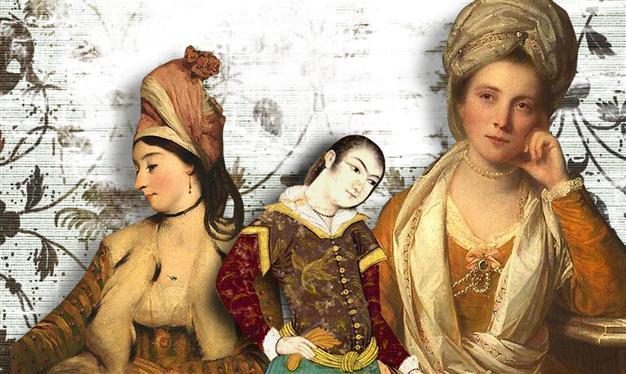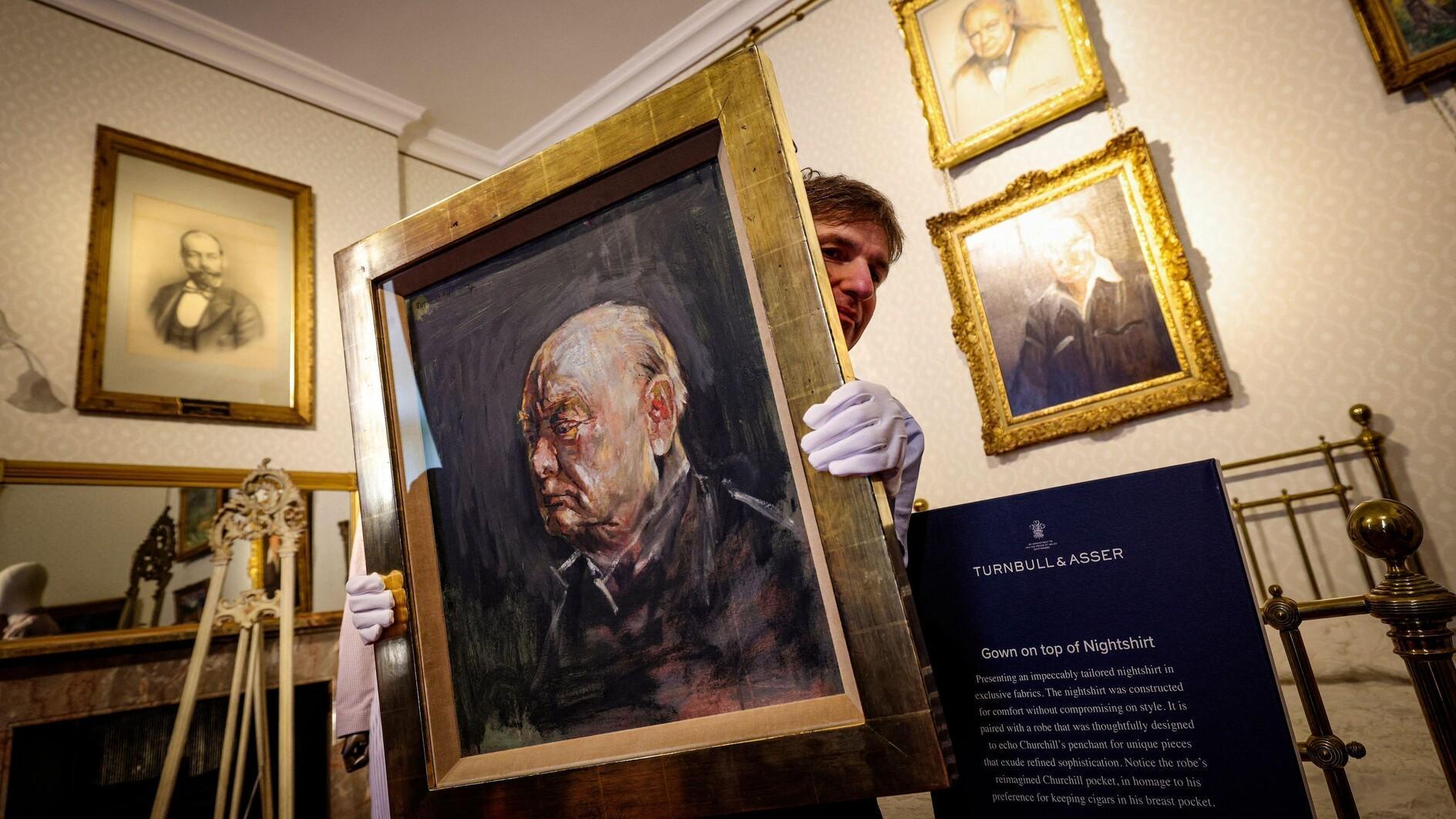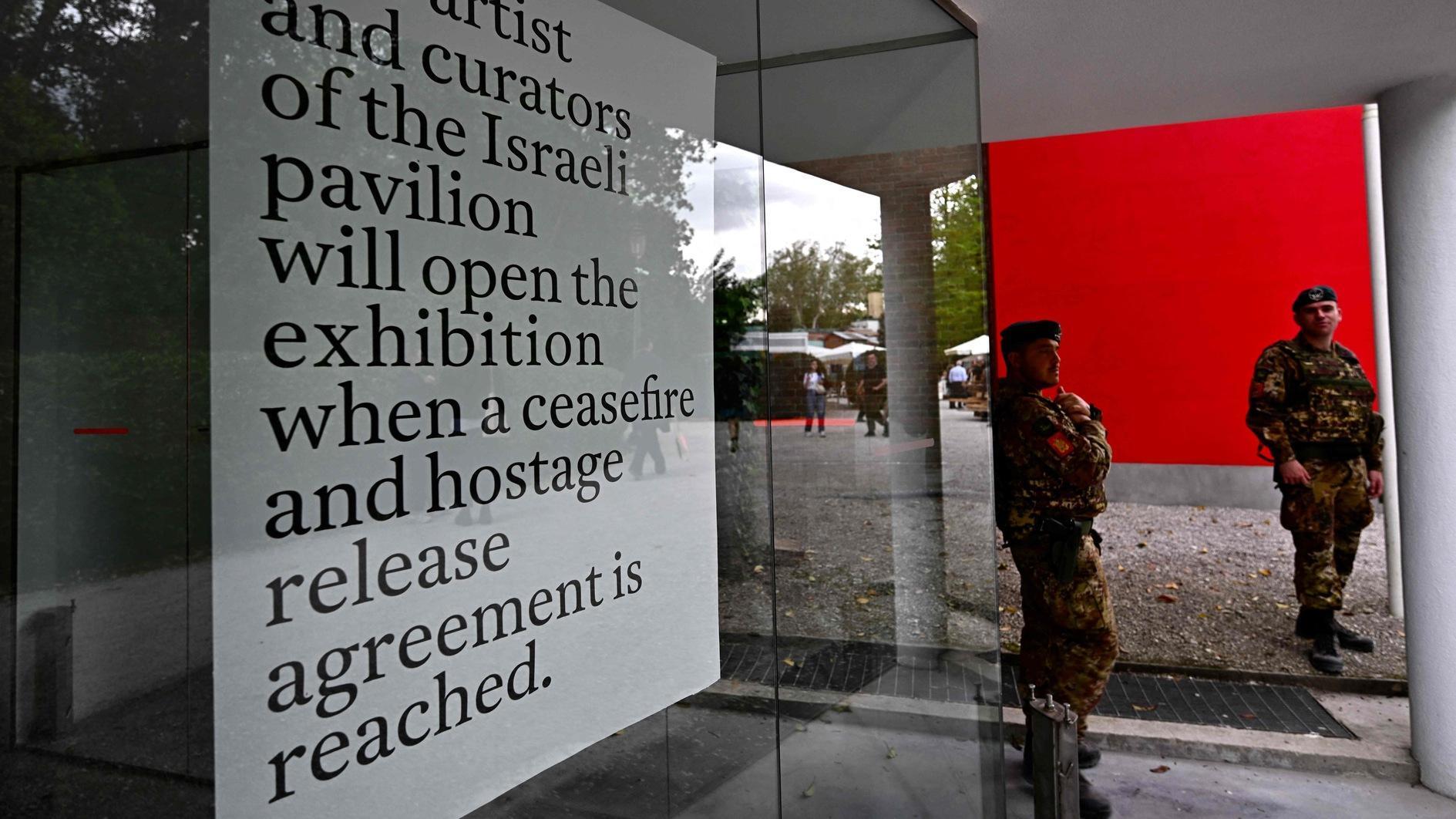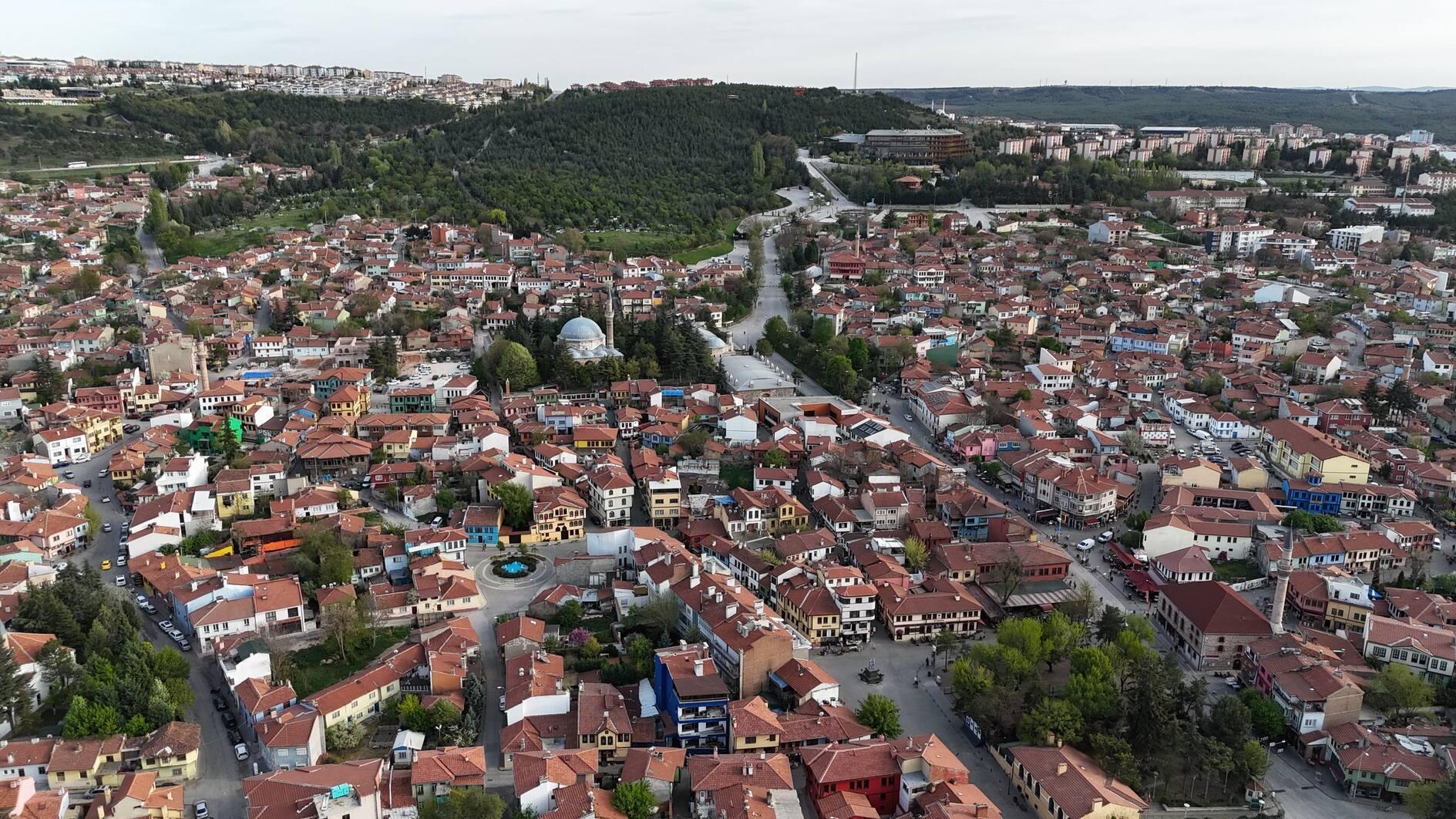Snapshots of the textile trade worldwide
NIKI GAMM

Mrs. George Baldwin (L) (Jane Maltass, 1763–1839), wearing a Turkish costume in this portrait from the workshop of Sir Joshua Reynolds. Metropolitan Museum of Art. / Portuguese (detail) (C). Islamic, mid-17th century. Ink, opaque watercolor, and gold on paper. Metropolitan Museum of Art. / Mrs. Horton, Later Viscountess Maynard (R) (died 1814/15) with Indian shawl. Sir Joshua Reynolds. Metropolitan Museum of Art.
If you should happen to be in New York between now and Jan. 5 and you have an interest in textile design, you may want to catch the current exhibition at the Metropolitan Museum of Art entitled “Interwoven Globe: The Worldwide Textile Trade, 1500–1800.” This is the first major exhibition to delve into the historical background of how textile designs spread throughout the world during this time period. The 134 items on display include “numerous flat textiles (lengths of fabric, curtains, wall hangings, bed covers), tapestries, costumes, church vestments, pieces of seating furniture, and paintings and drawings.”Textiles were produced for local consumption in the early stages of the industry, only for people to realize that they could also be a valuable trade commodity. The most prominent of these trade textiles were the silk textiles that originated in China, perhaps as early as 3500 BC. The Japanese didn’t start producing silk textiles until 300 AD and the Byzantines in the sixth century AD. Until the latter date, when the Byzantines were able to start their own silk manufacturing with silk worms introduced from India, the Chinese had a virtual monopoly on the silk trade and took advantage of it via the Silk Road that traversed through Central Asia. The Byzantines exported some of their silk textiles to Europe as Europeans began appreciating their beauty. The Arabs, who had also learned how to produce silk, introduced this to Europe from the south following their conquest of Sicily and Spain.
Silk textiles were by far the most expensive due to their scarcity and only the wealthiest could afford to buy them. Among the Europeans in the Middle Ages, silk was used to decorate churches and included altar hangings, copes (a long, loose piece of clothing worn by priests on special occasions) and other vestments. These were often donated by the rich and powerful to show off their conspicuous wealth. There are quite a few examples of garments worn by bishops, for instance, garments that are accented with writing, even in Arabic, if the cloth was woven in Sicily; such writing gave special importance to its wearer. Often gold and silver thread was used and, as the introduction to the Metropolitan’s exhibition points out, these would have shimmered in the light produced by candles in the church and contributed to the rather mystical atmosphere that would have been created during church ceremonies.
The sixteenth century and afterwards
The onset of the 16th century marked a significant change in the textile trade. The Ottoman Turks had conquered Constantinople in 1453 and, while consolidating their rule, they encouraged international trade, entering into agreements with various European powers. The Genoese, for instance, were allowed a lower duty tax on goods that they would import and encouraged to get involved in the silk trade that was carried out from Bursa and later Istanbul. The Portuguese were exploring the maritime trade routes to Iran and India, and silk was an important part of their trade goods.
Unfortunately the written material accompanying this exhibition suggests that the Ottoman conquest of Constantinople so disrupted the trade of textiles from East to West as to give rise to the voyages of exploration carried out by the Portuguese and the Spanish. To the contrary, trade flourished, although textiles were only produced within the Ottoman Empire, namely in Bursa and Istanbul.
The Mediterranean was a dangerous place for the Portuguese and Spanish because of the enmity between Christians and Muslims; however, it did not deter the Genoese and the Venetians from ensuring a lively trade between Istanbul, Izmir and Alexandria (Egypt), except in times of war. The more the Ottomans expanded their frontiers into the Balkans, the greater the impact their designs had on textiles, and even in tiles, markedly influencing European taste. Europeans, especially those in the Balkan area, then began placing orders for textiles and tiles. It was only after the borders of the Ottoman Empire were redrawn as a result of loss of land in the 18th century that the Europeans lost interest in Ottoman products; nevertheless, by that time, trade with the Far East and the Americas had expanded enormously.
Gold and spices drove many of the exploratory expeditions to the Far East and the Americas but once trade routes were established, other items were found to fill ships such as tea, textiles, porcelain and slaves. Designs on textiles and porcelain were eagerly swept up and integrated into the works of local designers in Europe. Fads in dress and house decorations developed and trickled down from the wealthy and powerful to the middle class. At the same time, the artists in the Far East and the Americas learned how to please their European customers and in turn influenced their local designs.
For example, although not mentioned in regard to the exhibition, design books had been developed among the Ottomans relating to woven carpets. Traders took these books to the Navaho Indian tribe in the southwest of the United States and persuaded the carpet weavers there to use those designs in their own products.
“Fashion was also an effective medium for engaging the exotic. In Europe and America elite men donned Asian-inspired dressing gowns and women posed for portraits wearing alluring Turkish robes.
These choices, represented in many objects throughout the exhibition, illustrate the status that the exotic garments conferred on their wearers, who wanted to project an aura of refined worldliness.
“By the end of the seventeenth century, objects imported through the well-established maritime trade routes between Europe, Asia, Africa, and the Americas served as conduits of information about the cultures that produced them. Although not always accurate, the textual and visual material from books, engravings, and decorative objects—especially textiles—that moved around the globe stimulated an intense interest in what was deemed ‘exotic.’ Images of fantastic flora, fauna, architecture, and people portrayed in paint, ivory, porcelain, and silk reveal how Europeans imagined China, India, and Turkey, as well as how those living in Africa, the Middle East, and Asia envisaged the newly arrived Europeans. The resulting designs and artworks demonstrate a shared curiosity between East and West, marked at times by wonder, misunderstanding, and even parody.”
From a distance, the Met’s exhibition appears fascinating. What it does is place the Ottoman contribution to the world’s textile trade in perspective even though one could only wish it had received more emphasis.
















